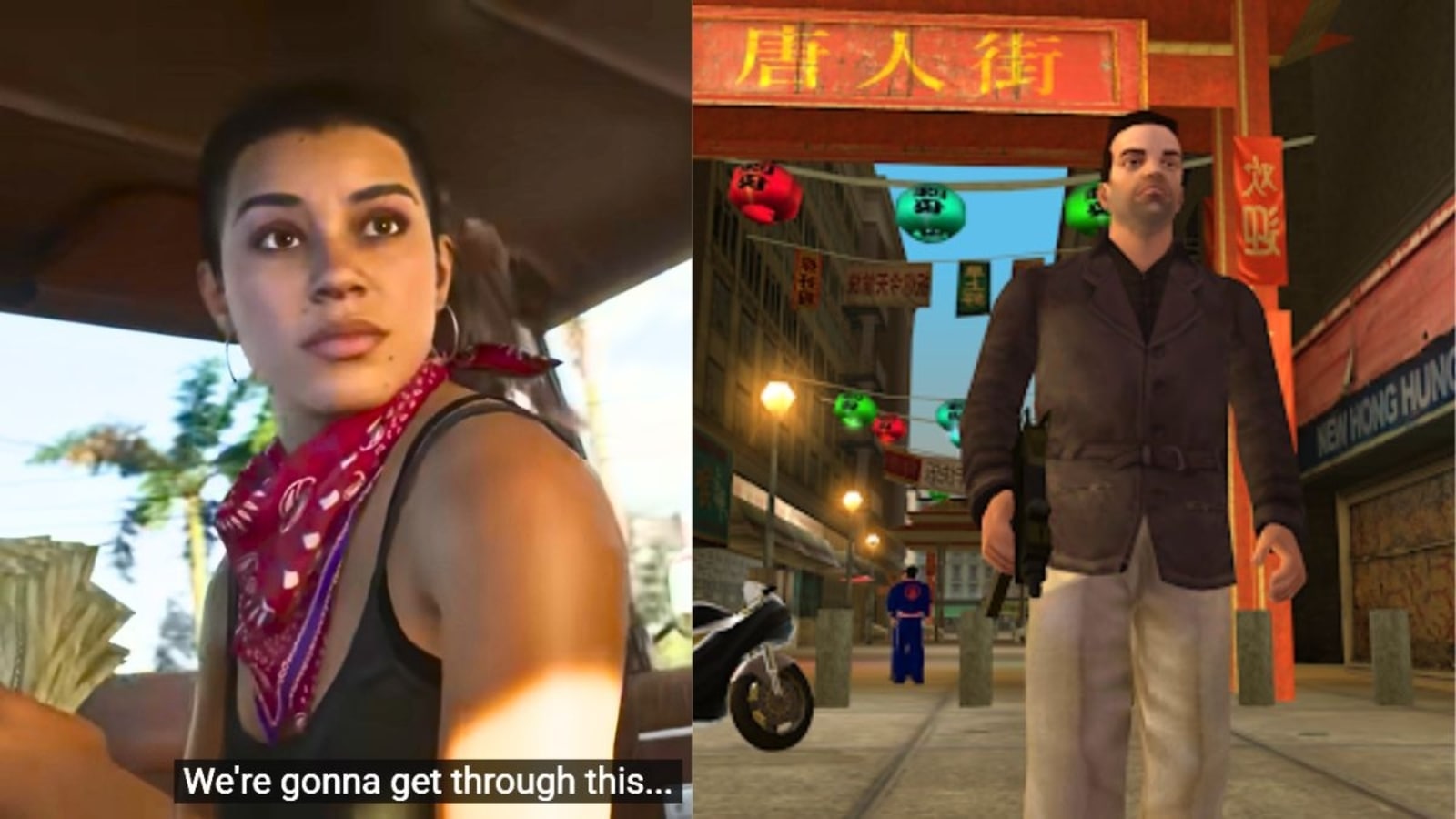Estrild is a girl with a feminist streak. She compares the thankless drudgery of her mother’s life with the homage paid to warriors. This seemed anachronistic to me, but as the narrative gained momentum I stopped quibbling. With the help of an outcast boy, Varick, Estrild learns the warriors’ battle chants, the barritas described by Tacitus. Varick has a crooked back, but he works for the iron-forger and can borrow the weapons Estrild needs to train. In the predawn hours, he coaches her, and Estrild prepares herself for a warrior’s initiation.
Of course, she is found out. The druid priests see her ambition as transgressive. In a terse, horrifying climax, she is condemned to death.
I wanted her to escape her doom, just as I always hope Othello won’t smother Desdemona. But there is no hope. The Windeby Girl died young.
We switch to another history section. At this point, Lowry lets the first of two Maine coon-size cats out of the bag. She wonders, Would an Iron Age girl have questioned her gender role? Candidly, she answers:
My guess is no. Although we admire tales of early feminism and strong young women … the rules for females … were probably never challenged. Women had a role: a hard one … there wouldn’t have been time or energy or any encouragement for even the gentlest rebellion. So Estrild’s story is a made-up one. It is fiction.
I uttered a yip of appreciation when I read this. Lowry appreciates the pitfalls of writing historical fiction. It’s a vast temptation to give our pet characters 21st-century insights and preoccupations. On the other hand, it’s a fallacy to assume that the struggles of our ancestors never mirrored our own.
This is the third strand of Lowry’s book. The first is Iron Age history. The second is gripping storytelling. The third is the opportunity to watch the writer at work, using her tools and starting over.
The other cat climbs out of the bag. Fifty years after the bog body was found, the Canadian anthropologist and forensic archaeologist Heather Gill-Robinson re-examined it. She concluded that the Windeby Girl was a 16-year-old boy who probably died of illness or malnutrition.
A new story leaps to life. Estrild is in it, but Lowry casts her secondary lead, Varick, as the protagonist.

























